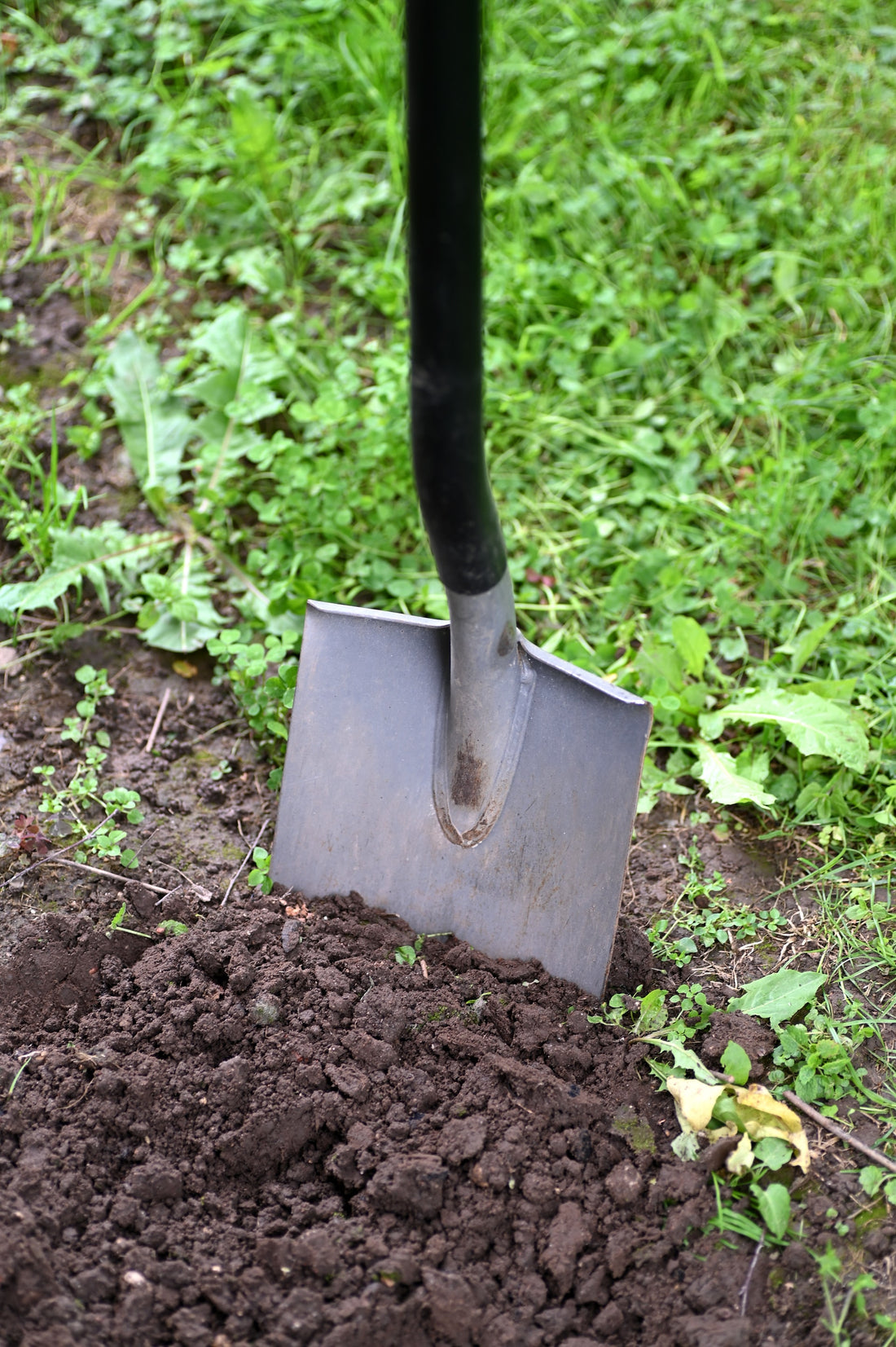- Don't be too quick to clean up! While it's important to clear out any old dead debris before planting, it's also essential that we don't jump the gun. There are insects and essential pollinators still sheltering there. Wait until temperatures are above 50F for five days in a row. That gives them time to wake up and move out.
- Pick up sticks and branches and any debris that has fallen over the winter.
- Carefully rake around the early blooming flowers so they can poke up out of the soil easier.
- Cut ornamental grasses, leaving 8-12 inches in place to protect new growth from flattening out in heavy rains.
- Remove weeds as you see them. It's never too early to weed!
- Divide perennial flowers before they start budding. This is the best time to do it because it's the least stressful for the flower.
- Prune trees and shrubs.
- Start long-season vegetables indoors to get a head start.
- Clean bird feeders.
- Add compost to garden beds.
- Clean up tools and repair or replace any that are broken.
- Organize garden seeds for planting.
- Repair damage to any gardening beds.
- Make a planting plan for your vegetables and flowers. Plan out where each variety will go and when you will plant it.
Early Spring Vegetables
Be ready with some quick-growing seeds to put in your garden as soon as the soil is workable.
Lettuce -- so many varieties!
Radishes - Most radishes are ready to harvest in 30 days.
Peas - Peas like the cool weather; get them in the ground as soon as possible for the most delightful spring treat.
Wildflowers - Don't skip the wildflowers; spread them in a field, meadow, backyard, or empty lot and watch them bloom throughout the year.



